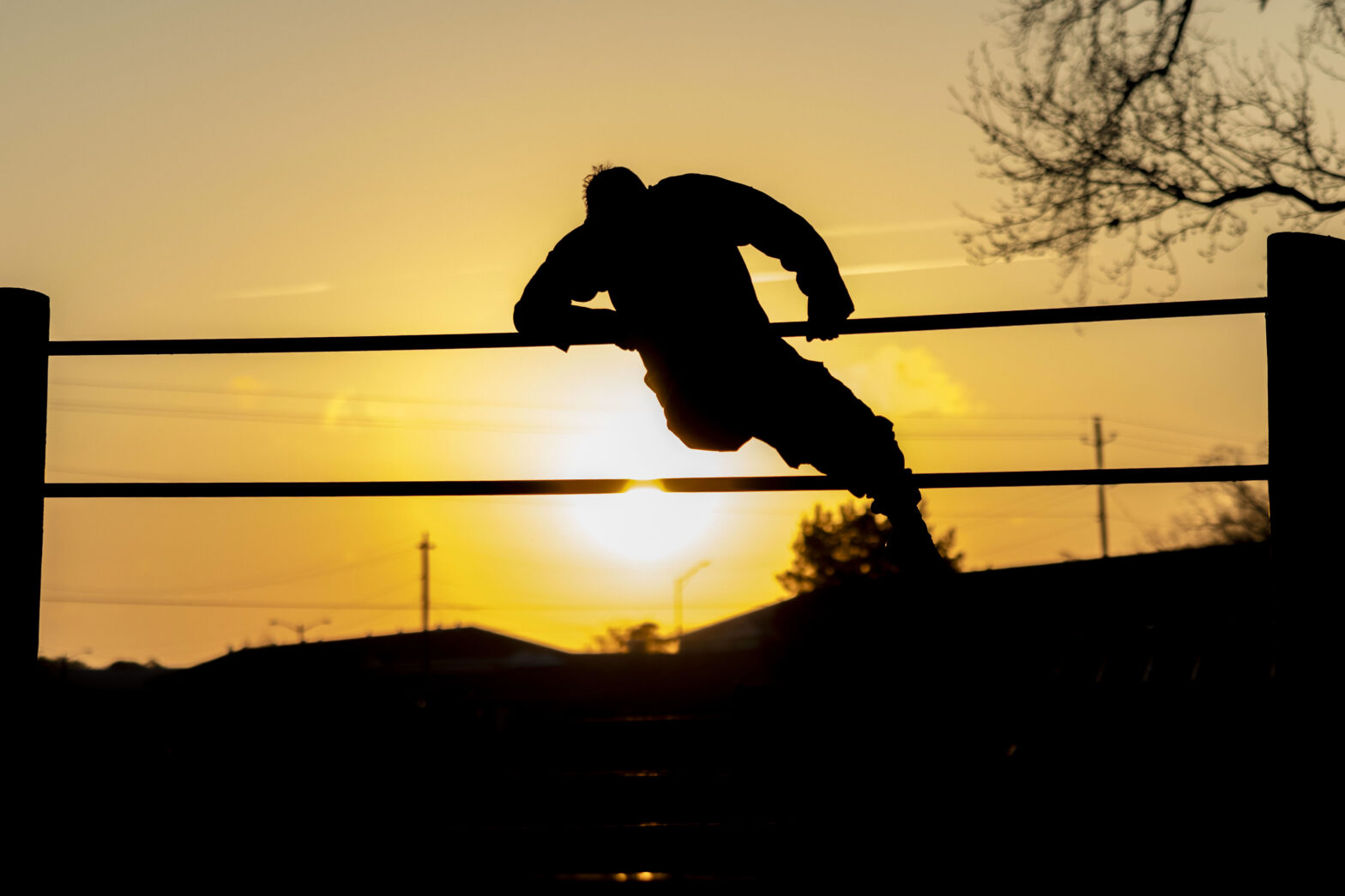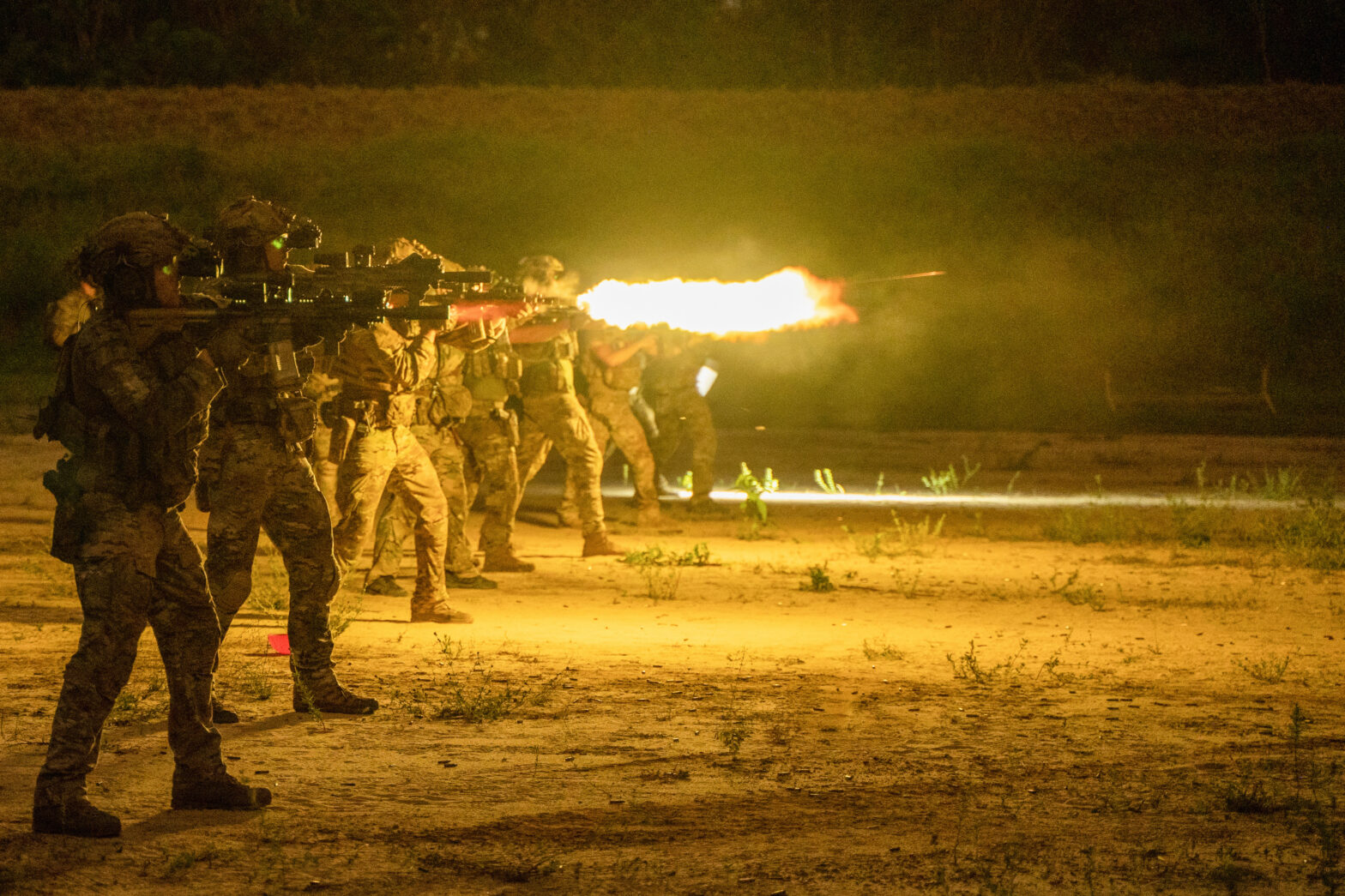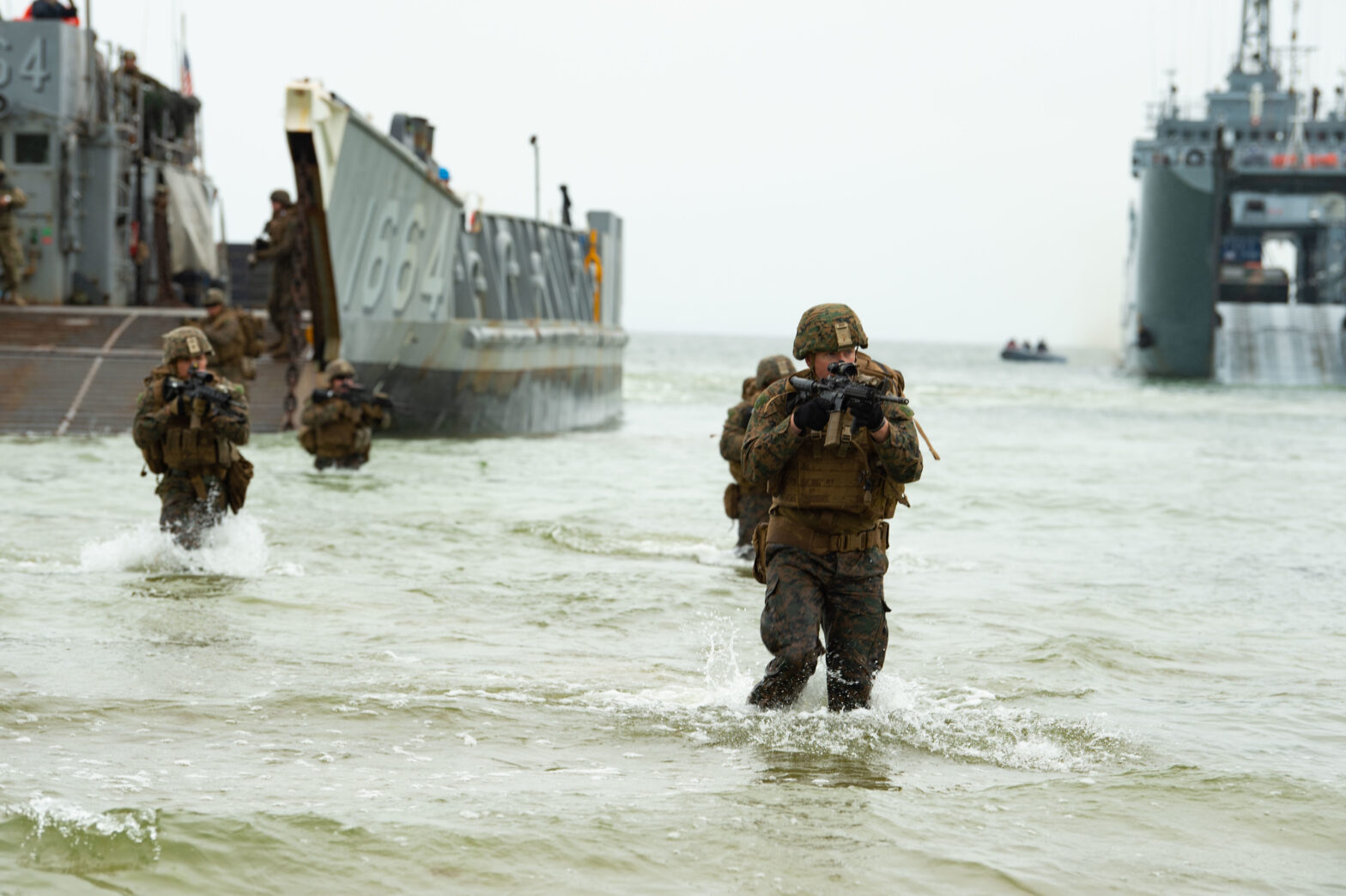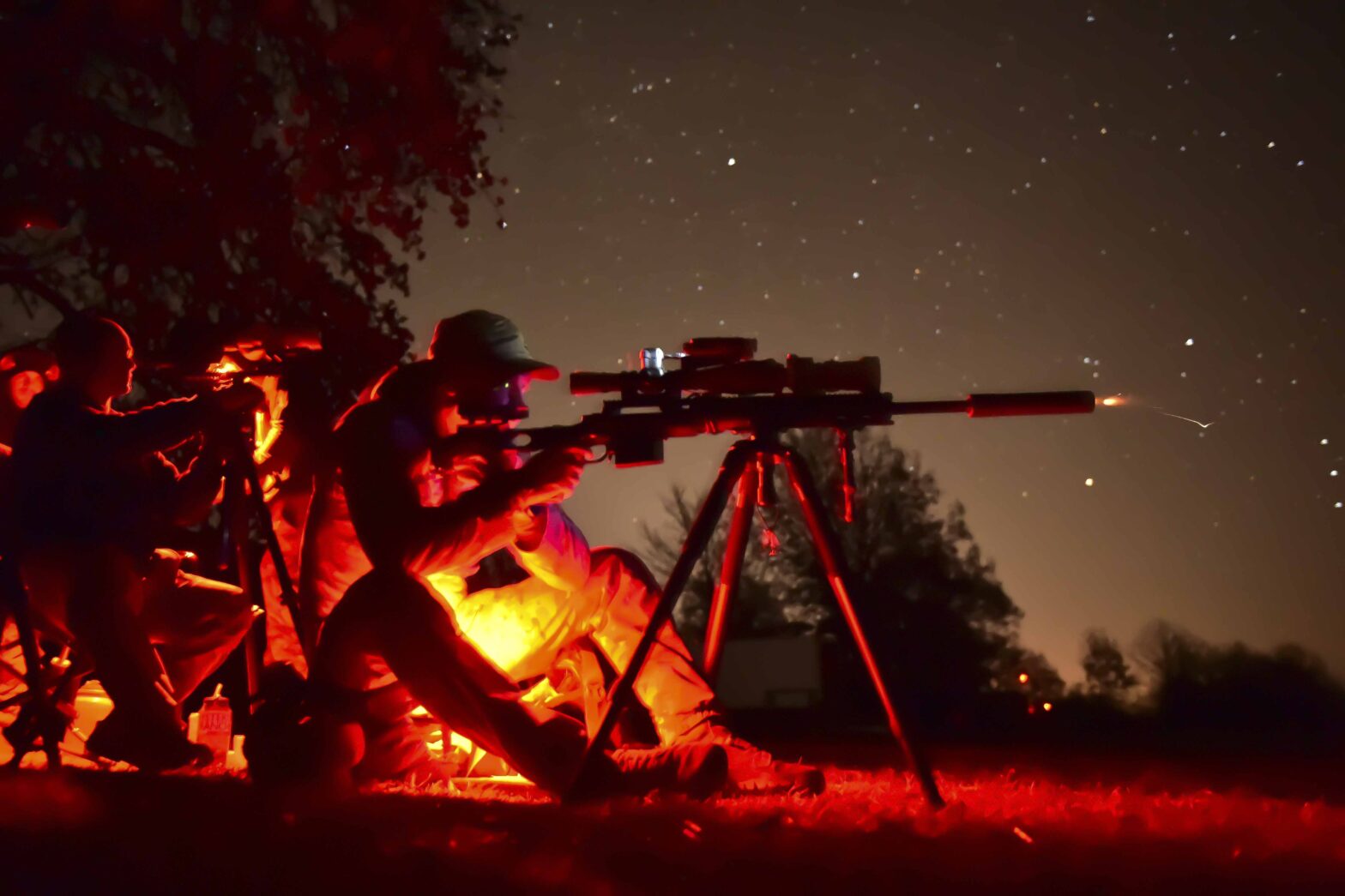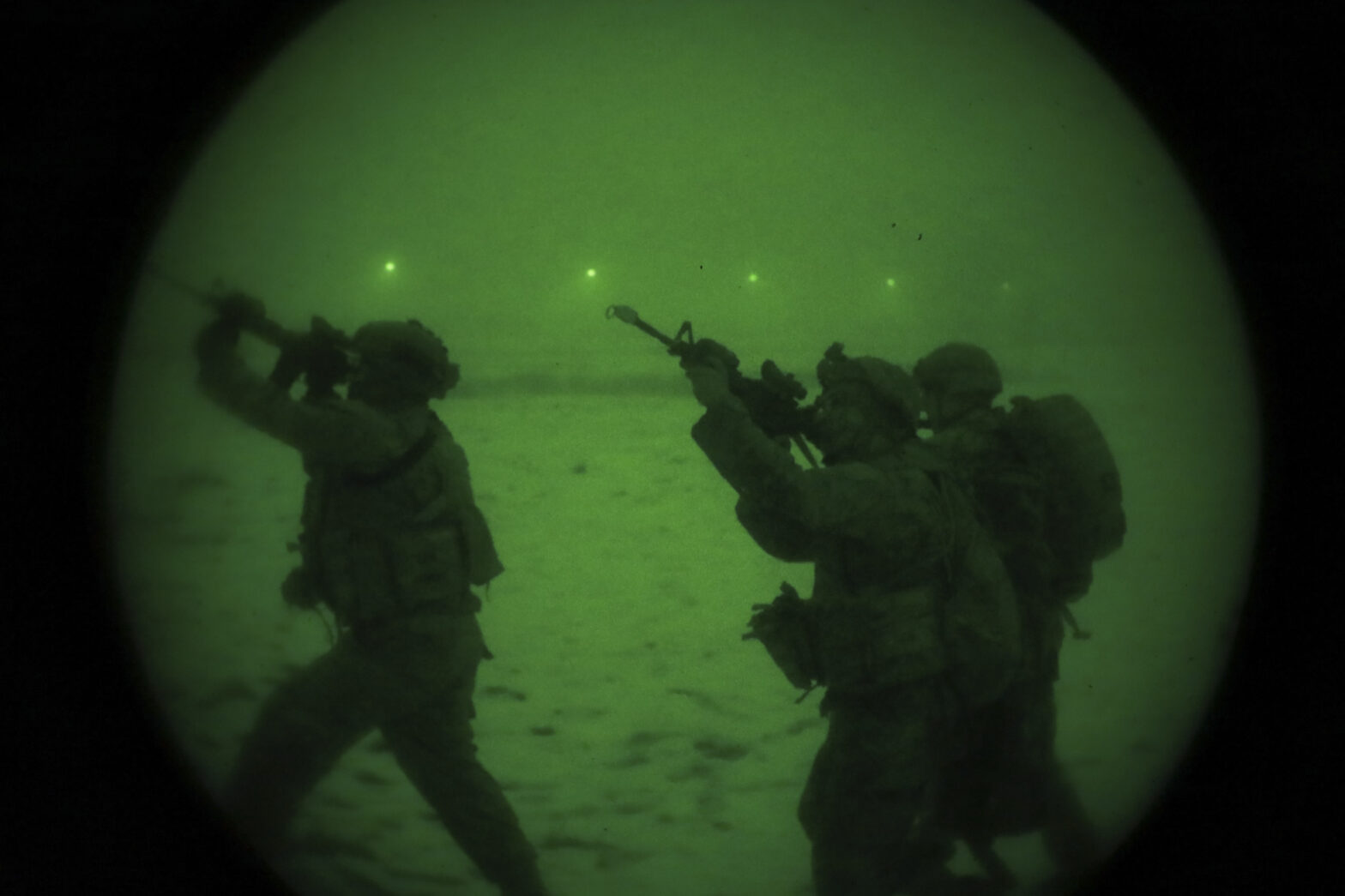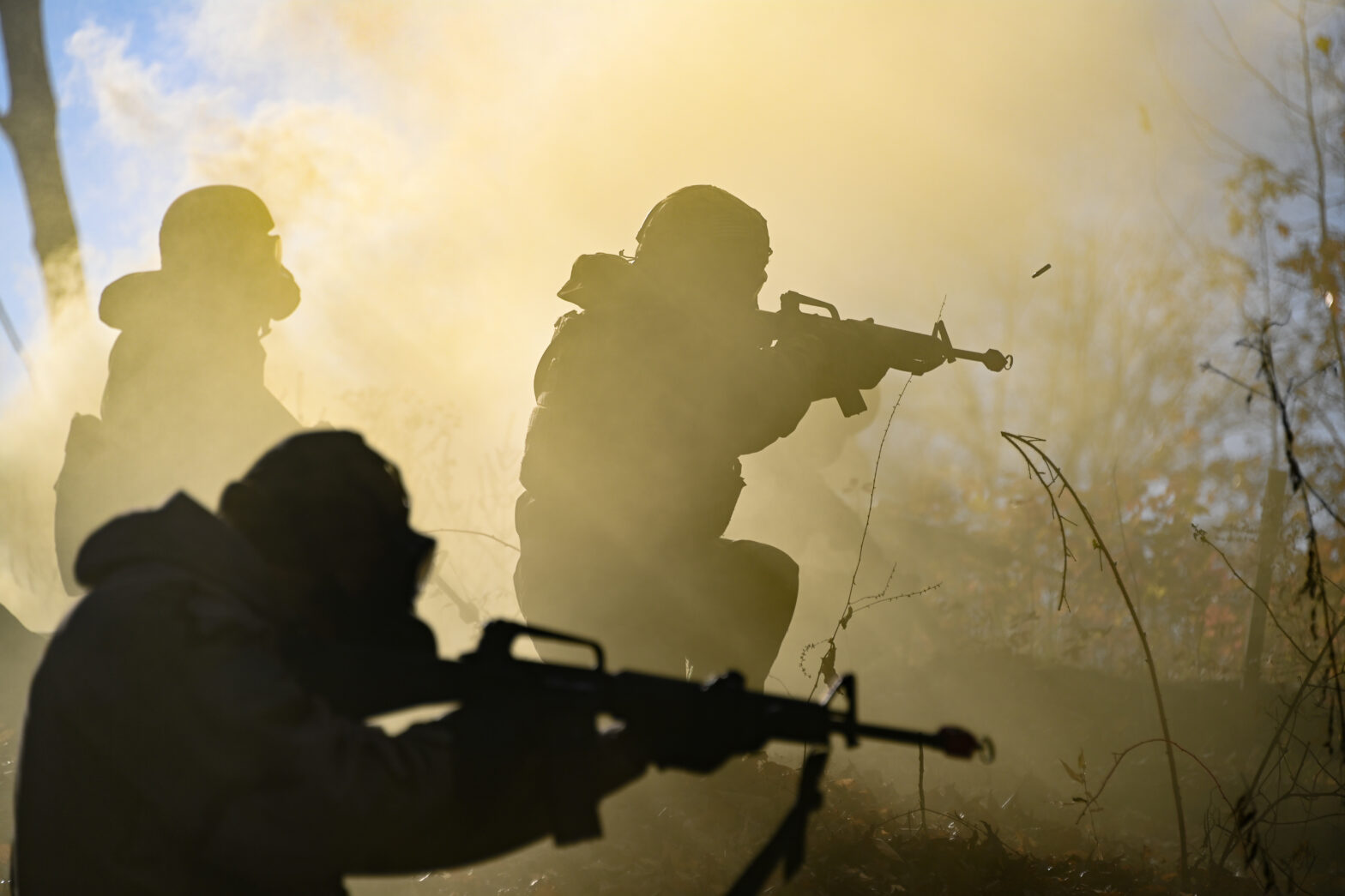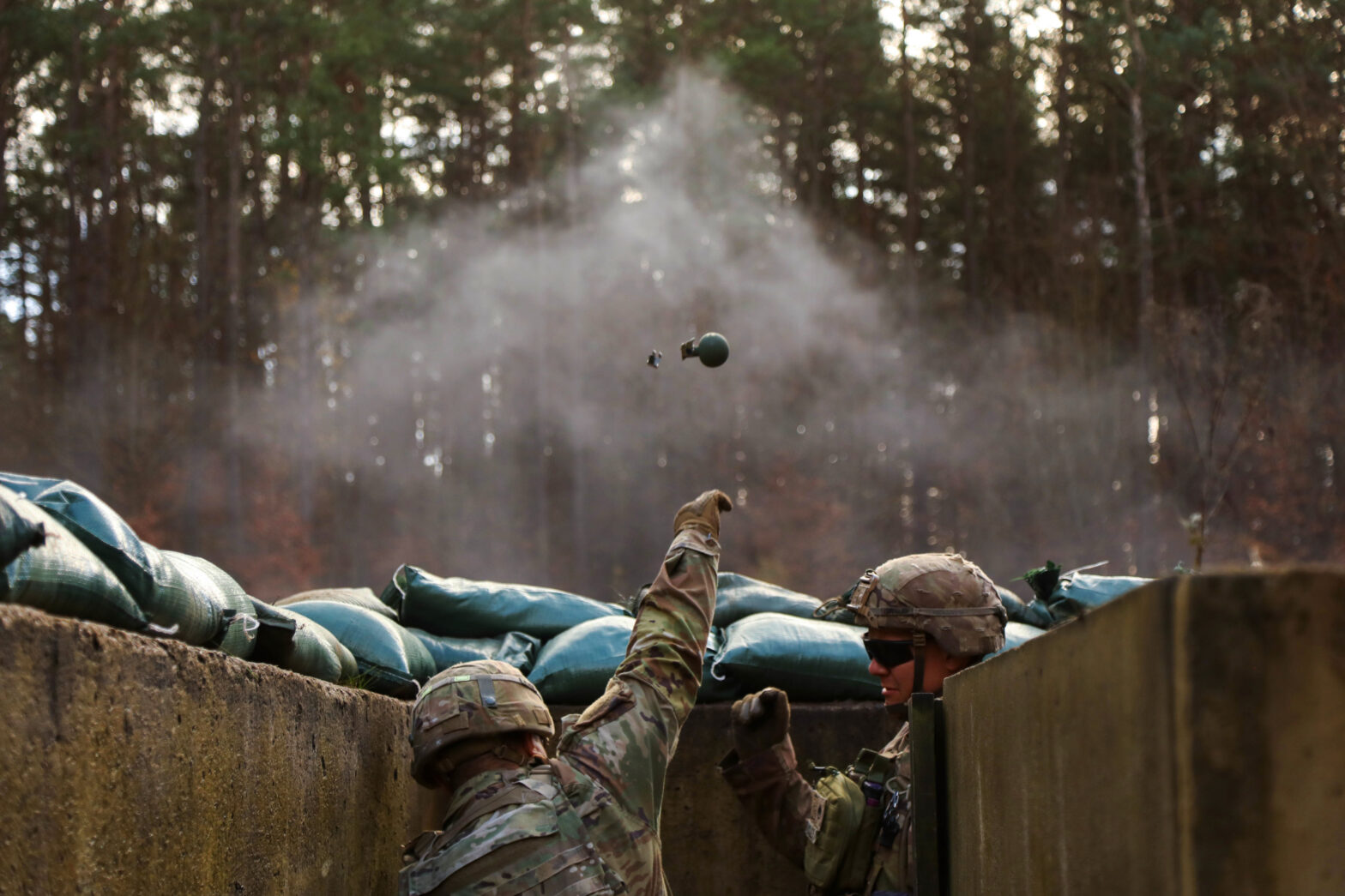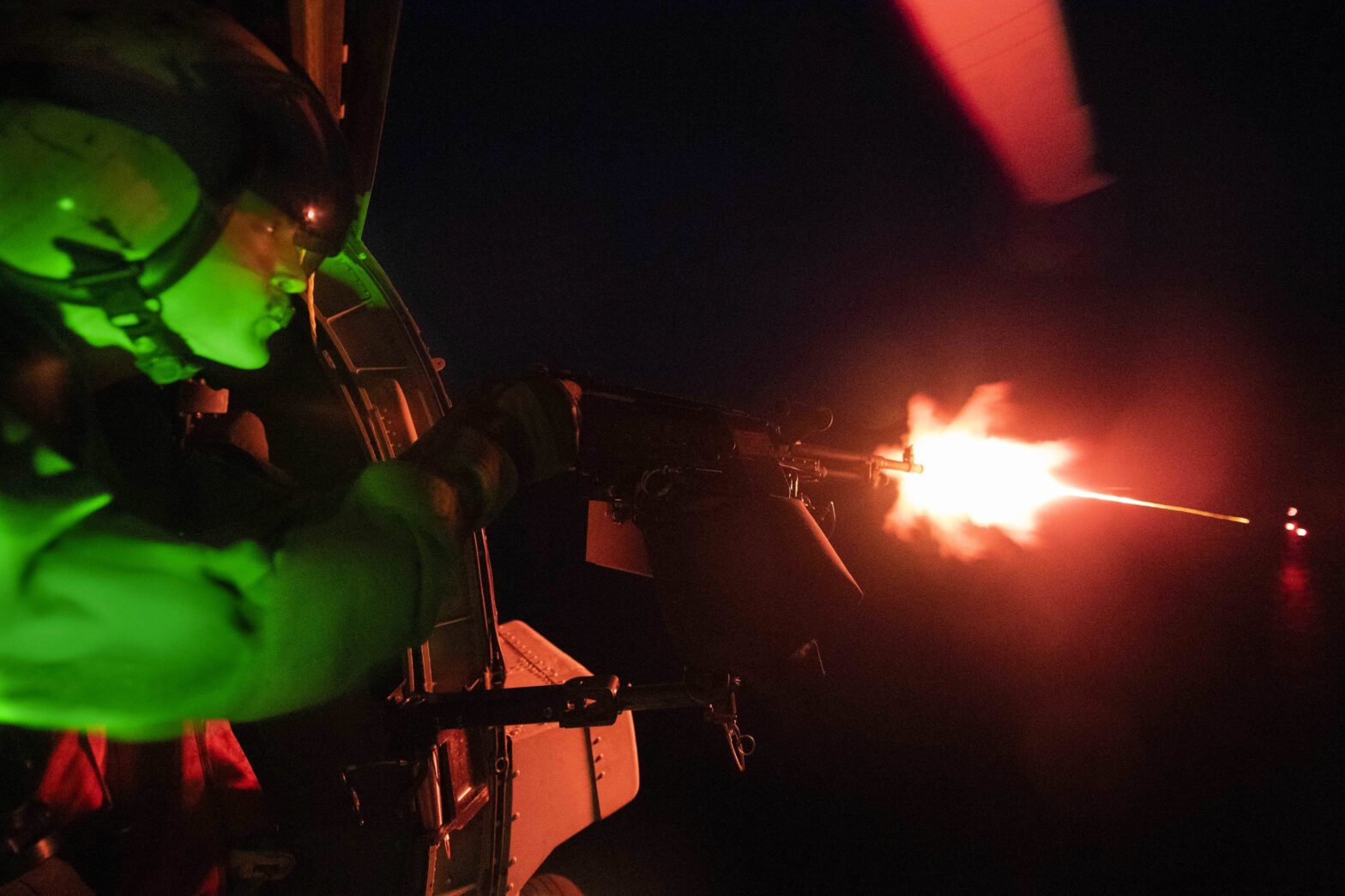The earliest visual responses occur at a substantially longer latency (about 80msec) compared to vestibular responses (about 14msec). [1] This isn’t to diminish the importance of the visual system, but rather emphasize the importance of optimizing your vestibular system to enhance your performance. If you are visually dependent on your movement control and situational awareness,… Continue reading 5x Faster
Tag: Performance
Sensory Recovery
When performing or training under conditions of chaos there is a huge demand on your sensory systems and processing. Look at it this way. Processing speed = Δ (visual, auditory, vestibular, and somatosensory inputs)/Δ time With your job you have a lot of variables at the top of this equation, and the bottom of the… Continue reading Sensory Recovery
Training to Your Ceiling of Potential
I look at performance being made up of two components; There are a lot of variables that affect our ceilings of potential. Some things are within our control, others not. My ceiling of potential for a max deadlift as a 5’6” 130lb female is different than that of a 6’5” 280lb male. I can potentially… Continue reading Training to Your Ceiling of Potential
Advanced Situational Awareness Skill: Memory Guided Target Acquisition
The ability to accurately target acquire when the target is no longer visible is a highly advanced skill. To do this an individual utilizes their memory guided target acquisition system. An example of this would be when in darkness and a brief flash of light occurs. The individual would be able to continue to scan… Continue reading Advanced Situational Awareness Skill: Memory Guided Target Acquisition
How I Train Target Following
Target following utilizes your smooth pursuit eye movements. To successfully target follow, information from your visual system must be processed by your brain. Special operators who are exposed to repeated low level blasts showed decreased accuracy and speed with target following and divided focus. [1] This shows the susceptibility of this important situational awareness capability… Continue reading How I Train Target Following
Own Your Movement
You want to own your movement. By that I mean, no matter the conditions, you are consistent with control over your movement. Most people train with their attention on their movement, usually staring directly at their feet, then wonder why that control doesn’t translate under the real-life conditions they execute in. But they’ve trained visual… Continue reading Own Your Movement
Which Sensory System Are You Relying on?
When performing on a stable surface and well-lit environment, your visual, vestibular, and somatosensory systems are all sending information to your central nervous system (CNS) that is similar. But you aren’t always performing in perfect conditions. When you ruck through mud or sand, the information regarding the position of your ankles (somatosensory information) is going… Continue reading Which Sensory System Are You Relying on?
The Dichotomy of Readiness
There is a dichotomy to maintaining readiness of force. Individuals must be exposed to subconcussive forces during training to maintain readiness, but those forces can chip away at performance. Particularly performance of the sensory systems for situational awareness. Strategy: Finally, we must incorporate training of the sensory systems for situational awareness in a proactive, performance-based… Continue reading The Dichotomy of Readiness
Target Acquisition in Multisensory Chaos
When in a highly stimulating environment you need to quickly determine if specific visual and auditory inputs are related. The faster and more accurately you determine the relationship between these two sensory stimuli (visual and auditory) the faster you can engage the target. “Failure to correctly identify whether multisensory events occur simultaneously and their sequential… Continue reading Target Acquisition in Multisensory Chaos
Training Situational Awareness with Specificity
Training situational awareness should be done with specificity. Our sensory systems are highly adaptable, meaning they can get stronger given the right stimulus. But they get stronger with specificity so training must be intentional. The challenge with training situational awareness capabilities in tactical athletes is the unpredictable conditions you must prepare for. To train with… Continue reading Training Situational Awareness with Specificity
